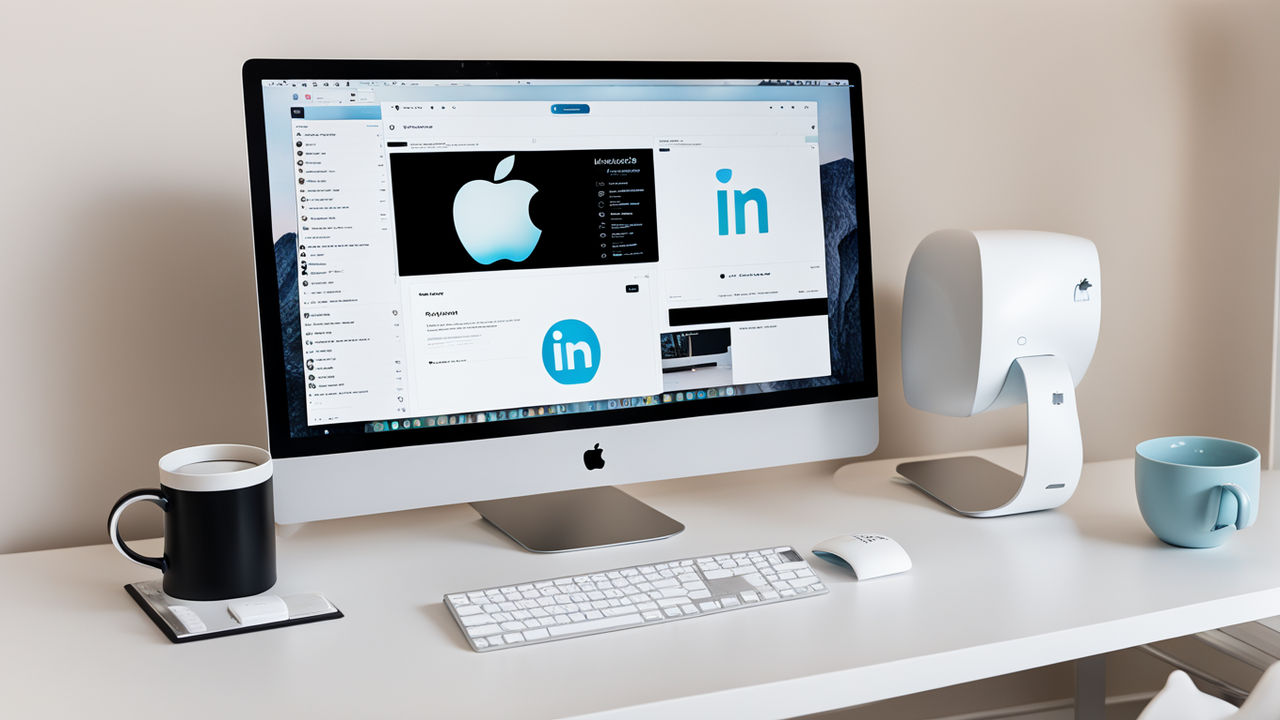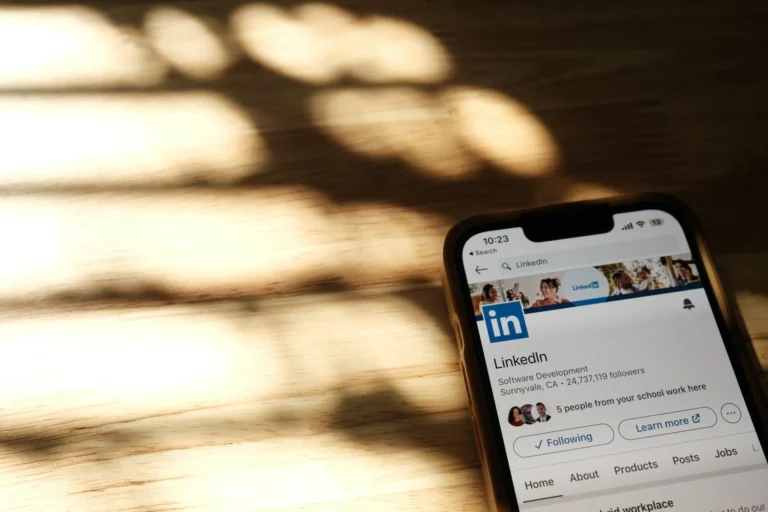
As digital networking becomes increasingly vital, having an impactful LinkedIn profile helps executives enhance their brand, broaden their network, and open doors to new possibilities.
LinkedIn is not just a social media platform; it functions as a powerful search engine where your profile can significantly have an impact.
Here’s how to craft an executive profile that stands out and resonates with your target audience.
1. Use a High-Quality Headshot
First impressions matter, especially in the professional world.
A high-quality headshot is crucial for establishing credibility.
Ensure your photo is clear, well-lit, and portrays you in professional attire that reflects your industry standards
✅ To Do:
- Dress professionally – Wear attire that fits your industry.
- Use good lighting – Ensure your face is well-lit with soft, natural light.
- Maintain a neutral or simple background – Keep it clean and free of distractions.
- Smile confidently – A friendly, natural smile conveys approachability.
- Use a high-quality image – Ensure your picture is sharp, clear, and well-framed.
❌ Not to Do:
- Avoid selfies – Unprofessional and often poorly composed.
- Don’t use distracting backgrounds – Avoid busy or messy scenes behind you.
- Don’t wear casual clothing – Stay away from overly casual outfits like T-shirts.
- Avoid overly filtered or edited photos – Keep it natural and professional.
- Don’t crop others out – Ensure you are the only person in the picture.
2. Craft a Customized Headline
Your LinkedIn headline is one of the first things people see after your profile picture.
Use this space wisely—LinkedIn allows up to 220 characters.
Instead of simply listing your job title, consider including your key achievements or unique value proposition.
For example, instead of “CEO at XYZ Corp,” try “Transformational CEO | Driving Growth & Innovation in Tech.”
This approach immediately communicates what you bring to the table!
3. Write a Captivating Summary
The summary section, or “About” section, serves as your elevator pitch.
You have up to 2,600 characters to tell your professional story.
Start with a captivating hook that draws readers in, then outline your skills, experiences, and major accomplishments. Don’t forget to include a call to action—encourage readers to connect with you or visit your website.
Example:
“As a seasoned executive with over 15 years in the tech industry, I have successfully led teams through transformative projects that resulted in a 30% increase in revenue. Passionate about innovation and sustainability, I aim to connect with like-minded professionals committed to driving change.”
4. Optimize Your Experience Section
Your experience section should function as an online resume.
Focus on relevant positions and highlight key achievements rather than listing every role you’ve held.
Use bullet points for clarity and quantify your accomplishments whenever possible (e.g., “Increased sales by 40% over two years”).
This not only showcases your capabilities but also demonstrates the impact you’ve made in previous roles.
5. Incorporate Keywords Strategically
Since LinkedIn operates as a search engine, incorporating relevant keywords throughout your profile is essential for discoverability.
Identify keywords related to your industry and position—these could include terms like “strategic planning,” “team leadership,” or specific technologies relevant to your field..
However, avoid keyword stuffing; ensure they fit naturally into your narrative!
6. Showcase Thought Leadership
Publishing articles on LinkedIn can position you as a thought leader in your industry.
Share insights on trends, challenges, or innovations within your field.
This not only enhances your visibility but also establishes credibility among peers..
Regularly engaging with content relevant to your expertise will further solidify your reputation as an industry leader.
Looking for a free tool to create data-backed posts around your areas of expertise?
7. Engage with Your Network
Building relationships on LinkedIn goes beyond simply connecting with others; it involves active engagement.
- Comment on posts from colleagues and industry leaders,
- Share relevant articles,
- Participate in discussions within LinkedIn groups related to your field…
This engagement increases your visibility and helps foster meaningful connections.
8. Request Recommendations
Recommendations from colleagues or clients can significantly enhance your credibility on LinkedIn.
They serve as testimonials of your skills and work ethic.
Don’t hesitate to ask for recommendations from those who can speak positively about your contributions and achievements..
Conclusion
Crafting an executive profile that stands out on LinkedIn requires attention to detail and strategic thinking.
As the digital landscape continues to evolve, investing time in refining your LinkedIn presence will pay dividends in establishing yourself as a trusted leader in your industry.
Interested in having an impactful online presence and sharing insightful posts about your expertise to your network?



